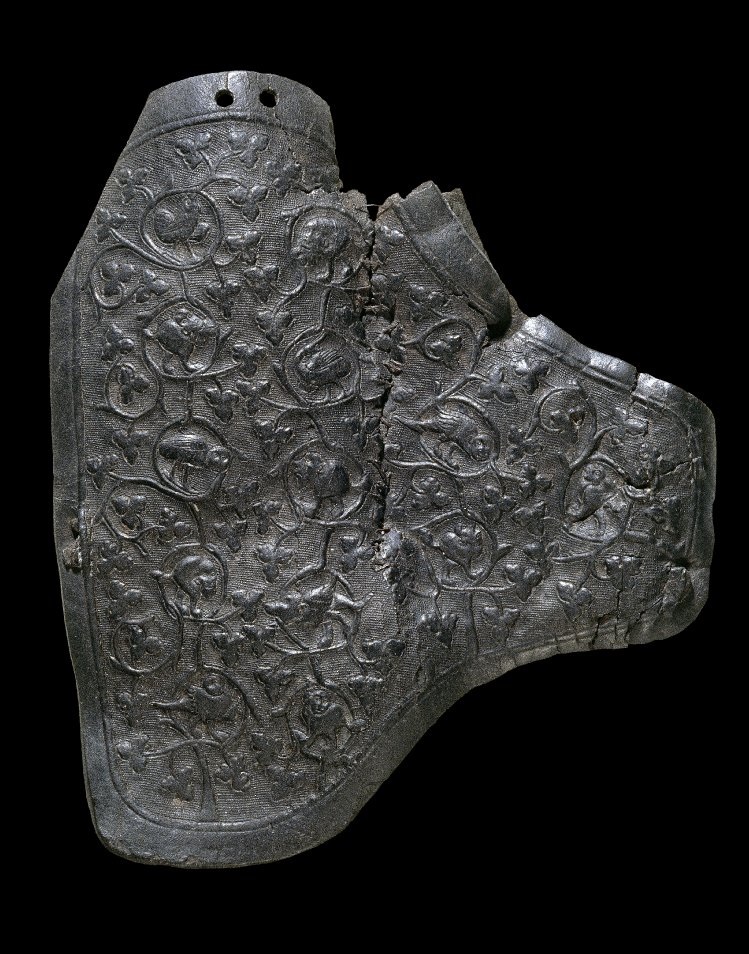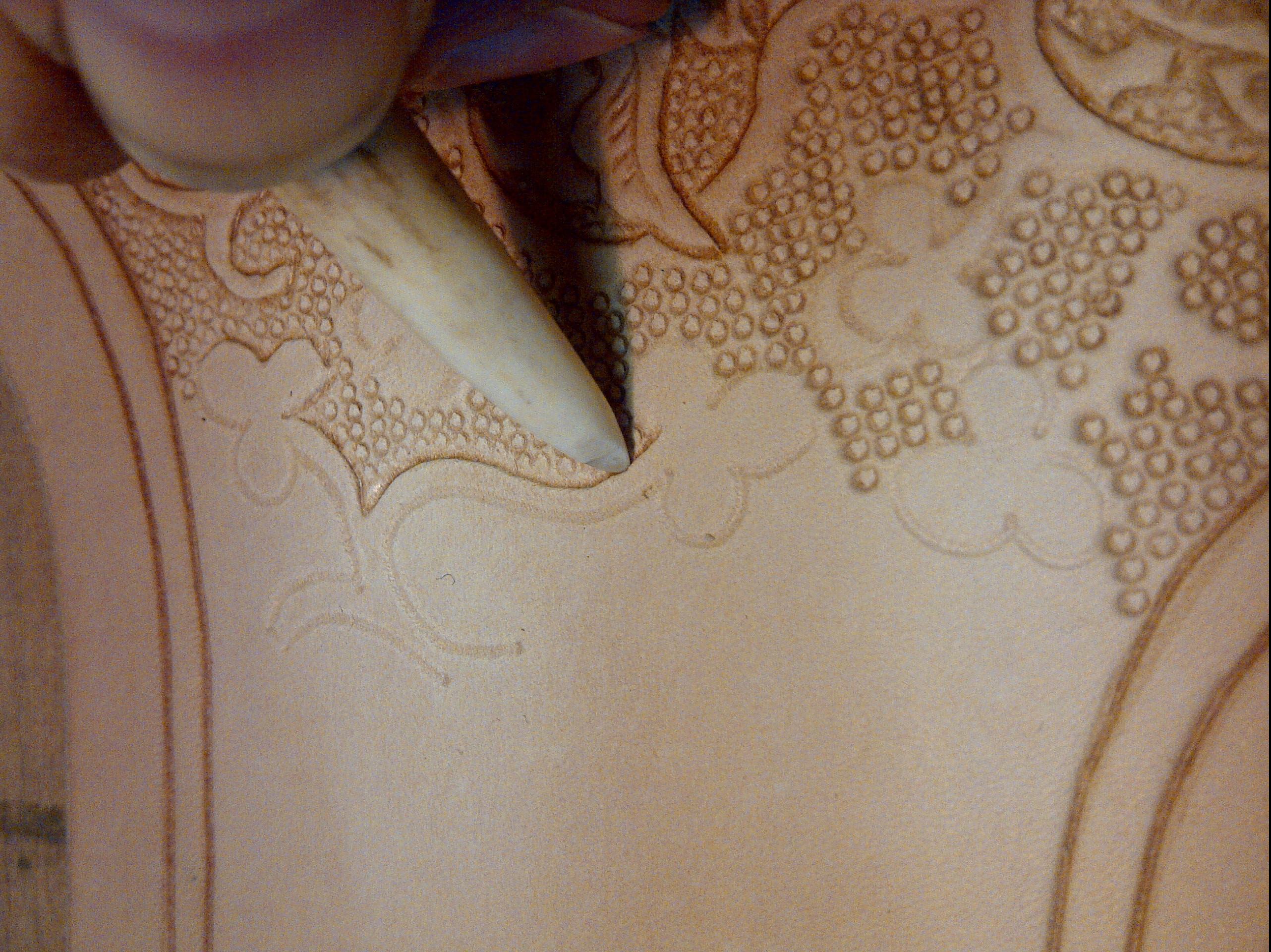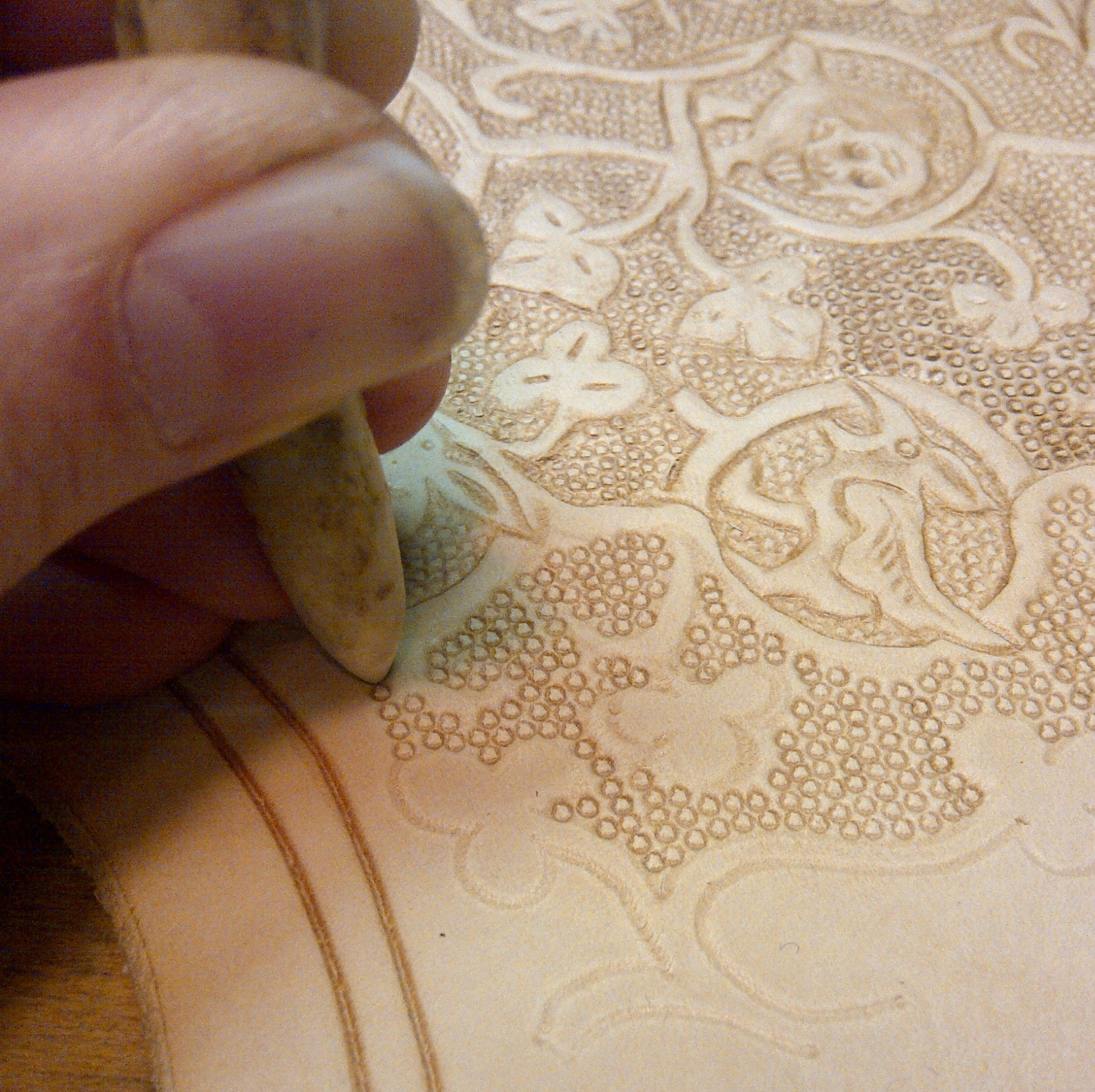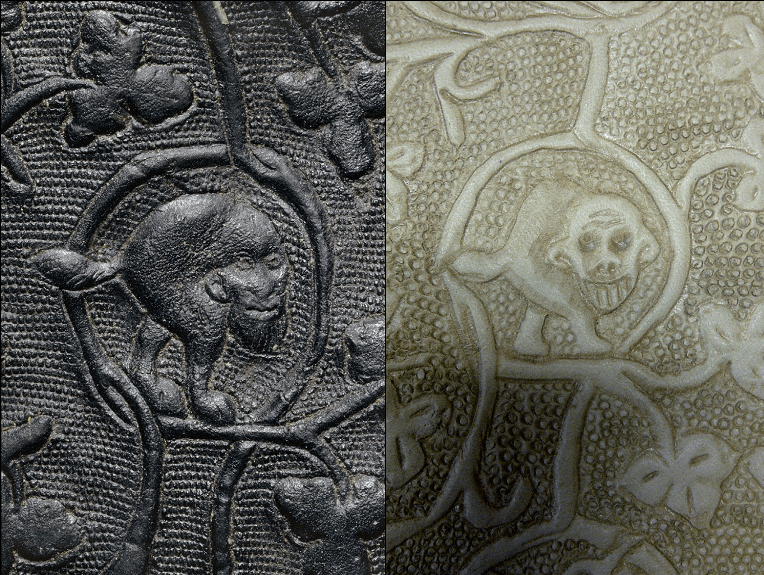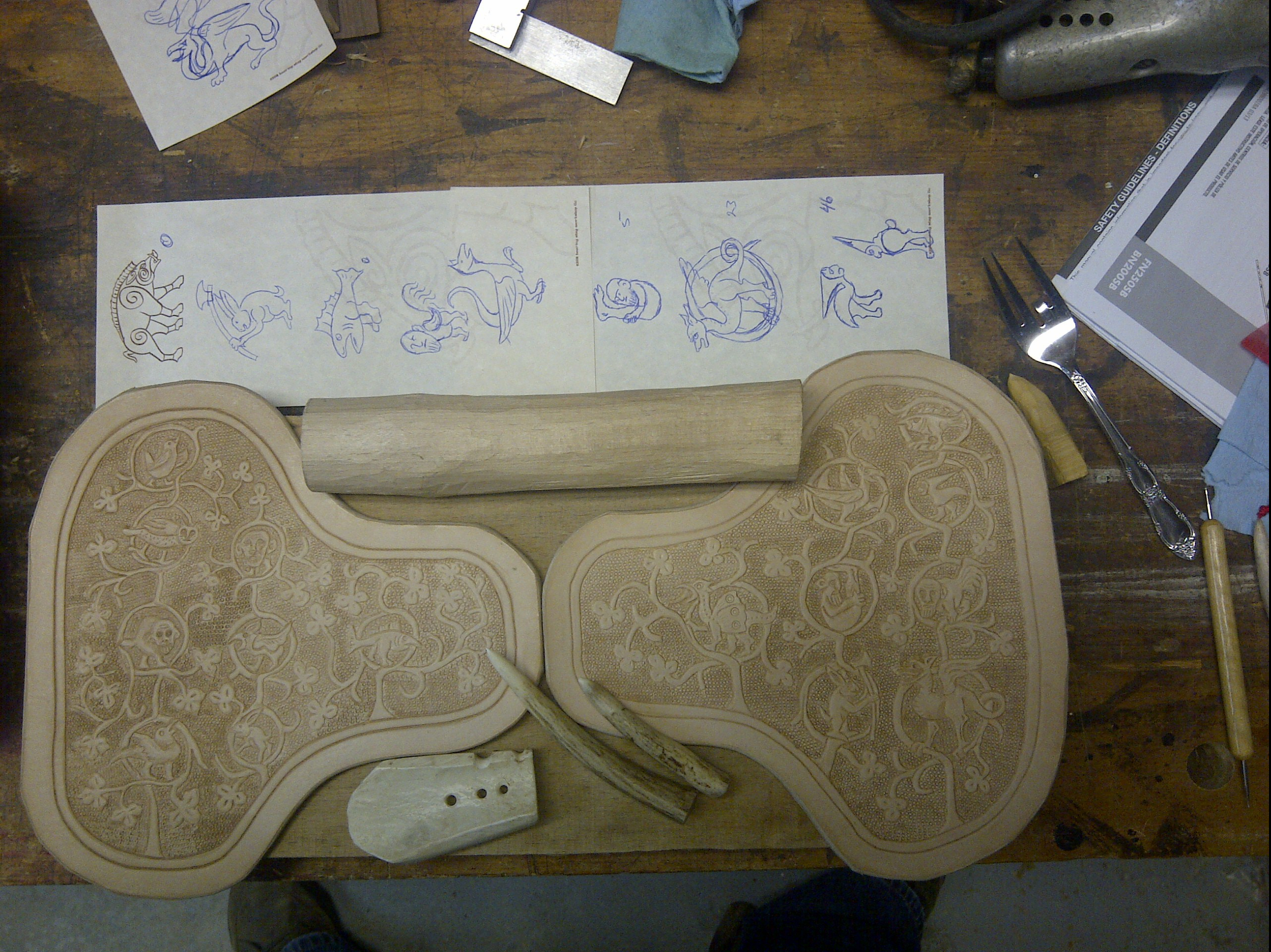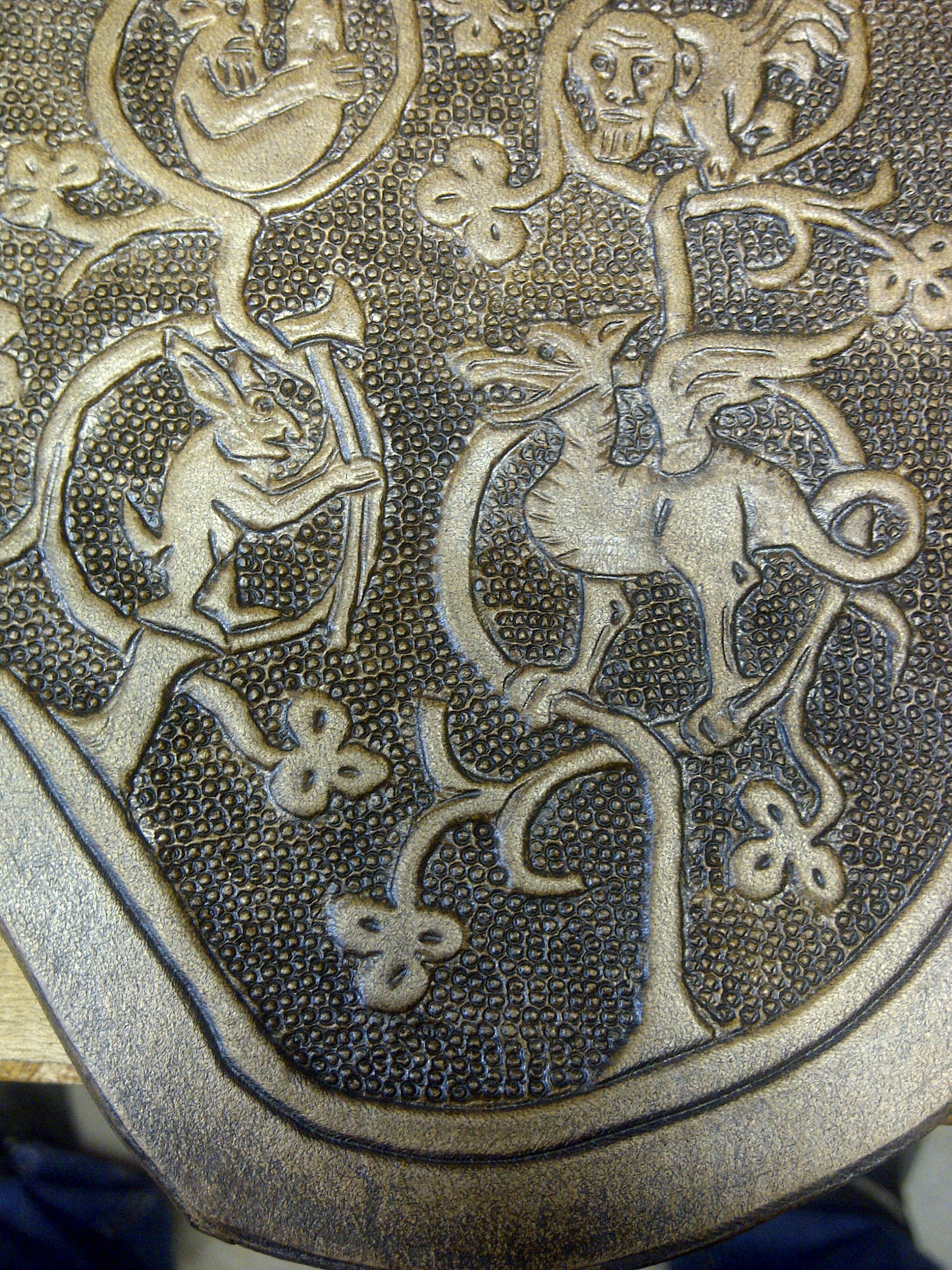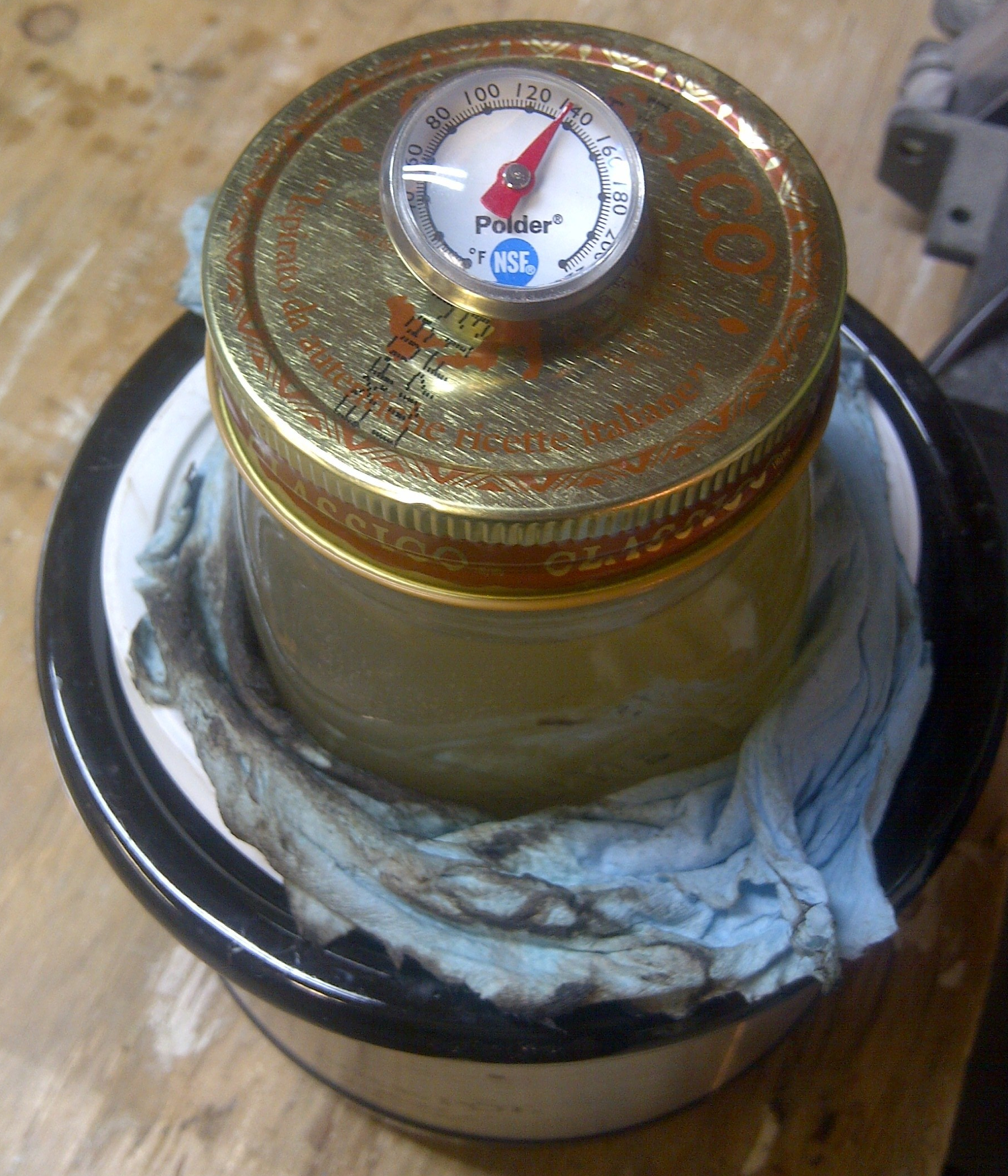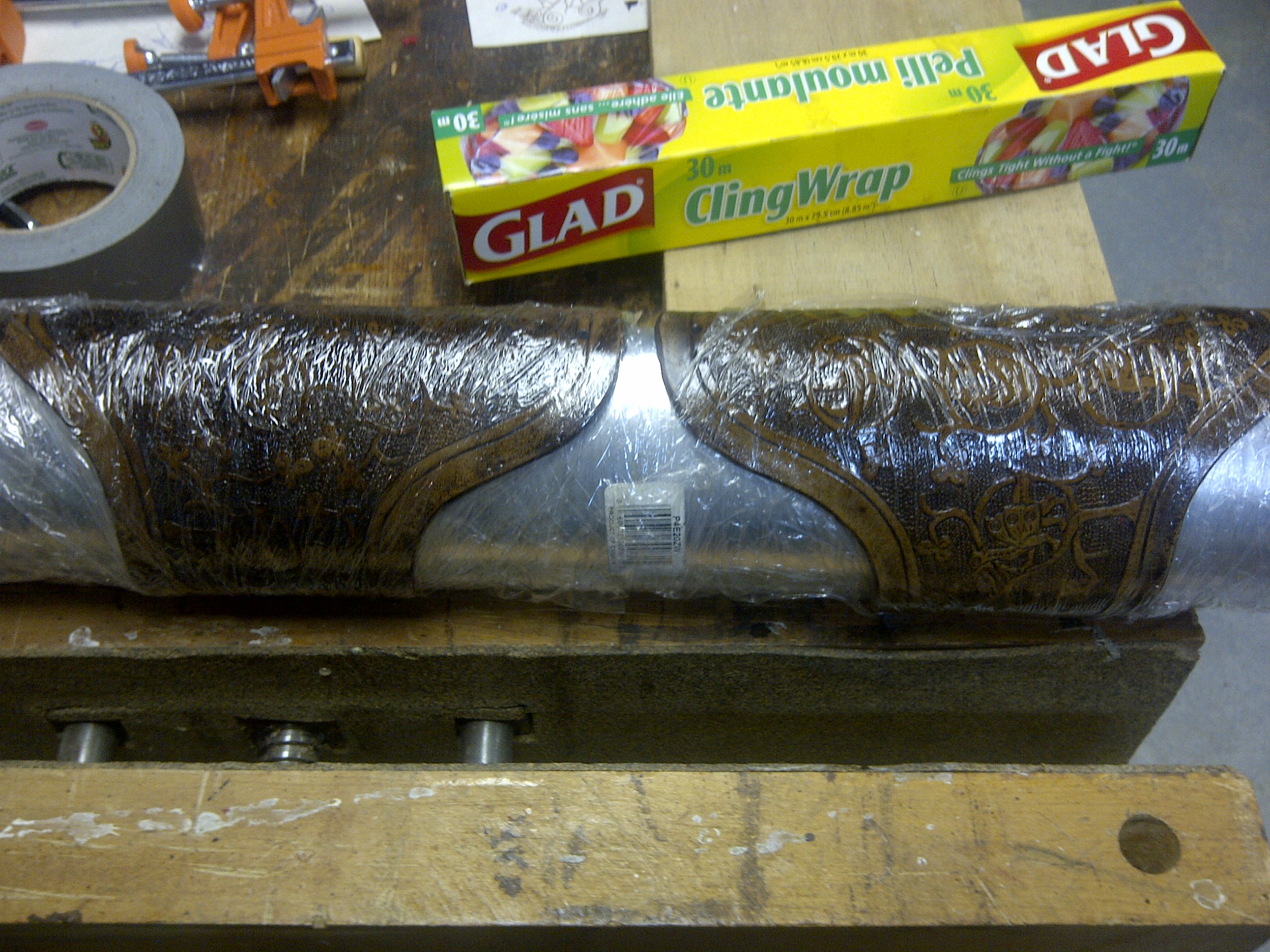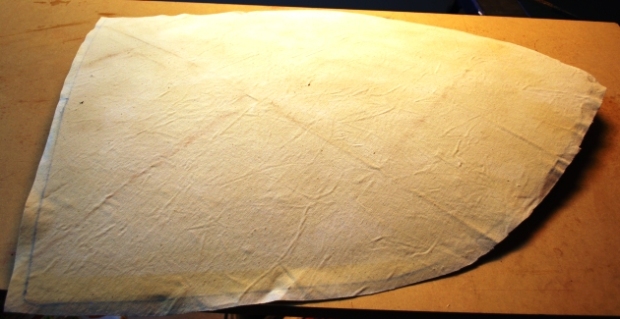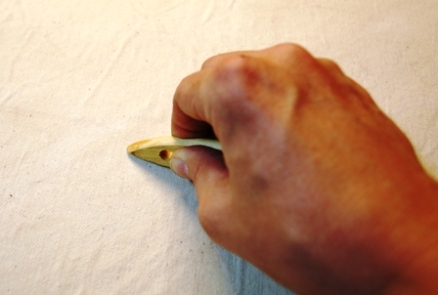This class is a work in progress. My idea is that we freeze due to indecision, there are too many options to choose from, or we don’t have experience to draw on. If the thought process can be broken down into simpler chunks, those decisions are easier and faster.
HOW DO WE MAKE DECISIONS?
Essentially, we observe what is around us, we understand and make a decision based on that information, we act on that decision, that action changes our situation, which we then observe. Repeat. In graphic form, it looks like this:
We freeze when there is a bottle-neck between Perception and Comprehension, so let’s break that part down a little further. Sometimes when we see something we think “hey, I’ve seen that before, I know what to do”, that is Intuition. In Intuition, your Perception accesses your long term memory, gets a response, and goes directly to Action. If your long term memory says “hunh, well that’s weird” you now have to consciously think about what to do next. This decision making process takes time; it looks for similar experiences in long-term memory, it accesses short-term memory (“didn’t I read a blog article about this?”), and applies reason to make a decision. Graphically, it looks something like this:
What else can affect our decision making?
We see and hear everything around us, but our brain filters out what it considers to be not important. Those filters access our long term memory for that information. Our filters are also impacted by any goals we may have, which can be good (“stay on target!”), or bad (target fixation, “I’m gonna get that *#@#!!!”). And finally, of course, stress impacts all of this (“Gah, I don’t have time for this!”). Adding all of that into our chart, we end up with this:
So, what do we need to develop our situational awareness?
Essentially, we need to train our filters so that only the important information gets through. And, we need to train our long-term memory so that we know what action to take on the information available. Now here’s the fun bit, it’s really hard to do this on your own. Why? Because if you filter out certain information, you won’t know you missed it until somebody else tells you. Basically, you don’t know what you don’t know.
People with poor situational awareness are unaware of their poor decisions. Mentoring is key here, so find somebody who knows what they are doing and get their feedback.
In the meantime, you can work on developing your decision-making, and that is what I want to talk to you about in this class. I could tell you things like “in this situation, do this”, but that only goes into short-term memory, and won’t be applicable to all variations of that situation. Instead, I’d like to give a framework on HOW to make that decision.
Scissors, Paper, Rock!
Fundamentally, all combat comes down to three basic factors; defence, range, and mobility. This mirrors the game of Scissors, Paper, Rock.
ROCK: static defence, the ability to stop incoming attacks
PAPER: static range advantage, the ability to hit without being hit back
SCISSORS: mobility, the ability to change range.
Individuals and weapons forms will fit into this framework. I am short, with short arms, and my favourite form is sword and shield. By nature, I am largely, but not entirely, Rock. If my opponent has a long weapon, or is much taller than me, I am facing Paper (Rock’s evil Nemesis!). If I just stand there and block shots, I will eventually lose; Paper beats Rock. If I want to win, I have to close to negate the range advantage. That is, I must tap into my inner Scissors to equal the range. With no range advantage, Paper becomes Rock and the contest becomes Rock vs Rock. May the best Rock win!
EXERCISE: Self-assessment of your own strengths and weaknesses into percentages of Scissors, Paper, and Rock.
This principle can be scaled up to larger units. A shieldwall has lots of defence, but limited range. A small fast unit has mobility but limited range or defence depending on its makeup. A spear unit has lots of range but limited defence. Each of these unit types has advantages and disadvantages that make them very good for particular jobs, and very vulnerable in other situations.
Let’s talk for a moment about what a “small unit” is:
Personally, I consider any melee team of 10 or less to be a “small” unit. I’ll explain why in a moment. But first, some more human psychology…
How many people can one person personally direct, while still fighting themselves? About 5, including the commander. This goes back to our lovely “situational awareness” chart. If the commander is both fighting and commanding, there is a high informational load. It is difficult for one person to process that much information while still being an effective combatant. In a 10-man team, you can’t afford to have one person not contributing to the group effort since that is 10% of your team. There is also the basic physical difficulty in calling orders over the din of battle, your voice only carries so far.
So, how do we get 10 if you can only directly control 5? Sub-commanders, with 2-3 man units, with specific directions in the tactical plan. By designating sub-commanders, you can extend your tactical control over a longer line, with greater flexibility. Oh, and as a new commander, this is a great position to start in (hint, hint). These sub-units, often called Triads, are a great building block. Smaller Cantons can train together, 3-on-3, in these groups. Two triads, blown apart on the field, can form into a single 5-man unit, and continue on.
As a commander, you need to assess your team members’ strengths and weaknesses in order to make your main and sub-units. Typically, you’ll want your Rocks and Paper in the centre, with your mobile Scissors on the flanks ready to react to what-ever your opponent throws at you. How you set up your team, and what battle tactic you decide on, will be determined by what you have available.
How does Scissors Paper Rock work in melee?
Ideally, I want to be able to kill you before you can kill me, so it’s all about range, and controlling that range. A shield wall on its own has a short effective range, maybe about 4’. Placing spears behind the wall extends that range to about 6’. Placing spears in front of the wall extends the effective range to about 12’, since those spears have greater mobility. If a line of spears is chewing up my line (Paper beats Rock), I need to drive them back (Scissors beats Paper) by advancing my wall, by sending a sub-unit behind their line, or by sending in a column charge to create a local breakthrough.
Let’s take a look at how that works out in a standard shieldwall:
EXERCISE:
1. You will be provided with a bag of 15 tokens marked
with a variety of weapons forms; Shield, Pole Arm,
Spear, and Two Weapon. Chose 10 at random, and set
up your starting line-up and initial attack plan.
2. Teams will be paired off against each other, and the
group will discuss the advantages and disadvantages of
each set-up and plan.
A note on Gods and Heroes:
Another reason why I consider 10-man to be the divider for “small” units is the presence of a Fighting God on the other team. If the other team has a seriously kick-ass Super Duke of Infinite Destruction, that needs to be taken into consideration in the tactical plan since that person’s skill level is sufficiently high that ignoring it can be the deciding factor in the engagement. This is where your sub-commanders come in, designate one as the God-Killer, or at least Keep-Him-Busy until we can win the rest of the battle. If your team has the God, designate a sub-unit to take out the opposing sub-unit that will try to take out your God.
While I’m on the topic, I should mention Heroes. Heroes are not team players. They are interested in personal glory, fighting rather than winning, and are quite willing to run away to find that glory. A hero in the shieldwall will run off, leaving a hole that can be blown wide open. Never put a hero in the middle of a shieldwall. Heroes are great when you have a God to take care of. Give your heroes a task that works with their strengths.
Back to small units….
Where do we use small units? Ten-man melees for starters. They are useful in timed resurrection battles, where that may be your reinforcement size. Large battles with local terrain like Town, Woods, or Broken Field can use small units for specific tasks like guarding a gateway, banner guards, shock units for taking ground or specific objectives etc. Households, Baronies, and large Cantons can all field small units which work together within the Army. Most melees in Ealdormere will end up as small units due to our smaller size.
Pennsic, Pennsic, Pennsic…
The battles at Pennsic can be broken down into three basic categories: Open Manoeuver, Limited Manoeuver, and Restricted Front.
Open Manoeuver: Field Battle
Manoeuver for effect.
Open flanks are choice target.
Small mobile units to protect the flanks, pin lines.
Break through and reforming.
Limited Manoeuver: Broken Field, Town, Mountain Pass, Woods
Local tactical situation, especially in the woods with limited visibility.
Specific objectives.
Often a resurrection battle, so reinforcements need to be managed for maximum effectiveness.
Obstacles allow local numerical superiority, kill pockets, don’t get drawn out into the open field if you are out numbered.
Restricted Front: Bridge
Spear duels.
Open order with shields.
Pulse charges, both giving and receiving.
Control of reserves to prevent over-crowding.
EXERCISE: Use the melee tokens to demonstrate the above tactical situations.






